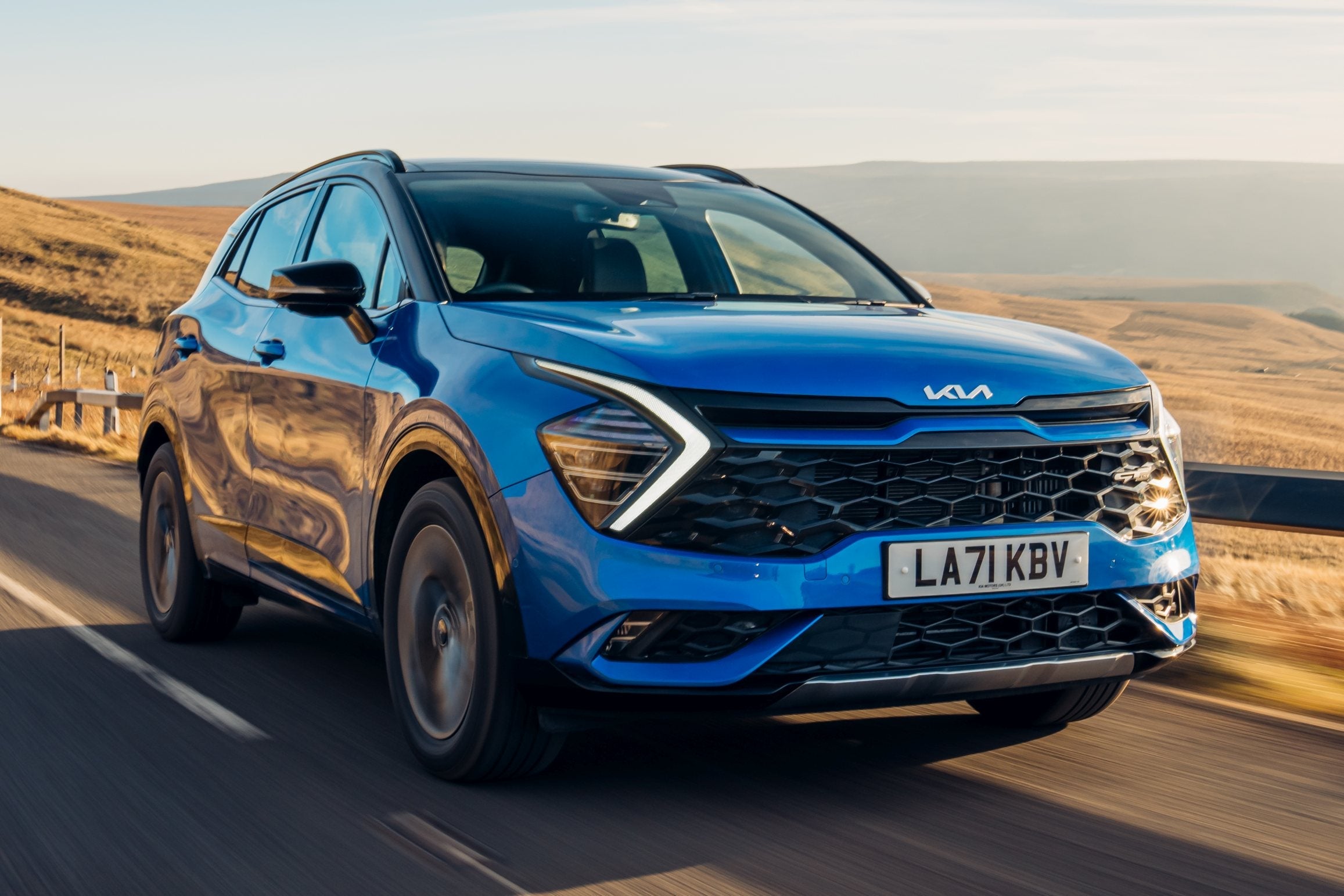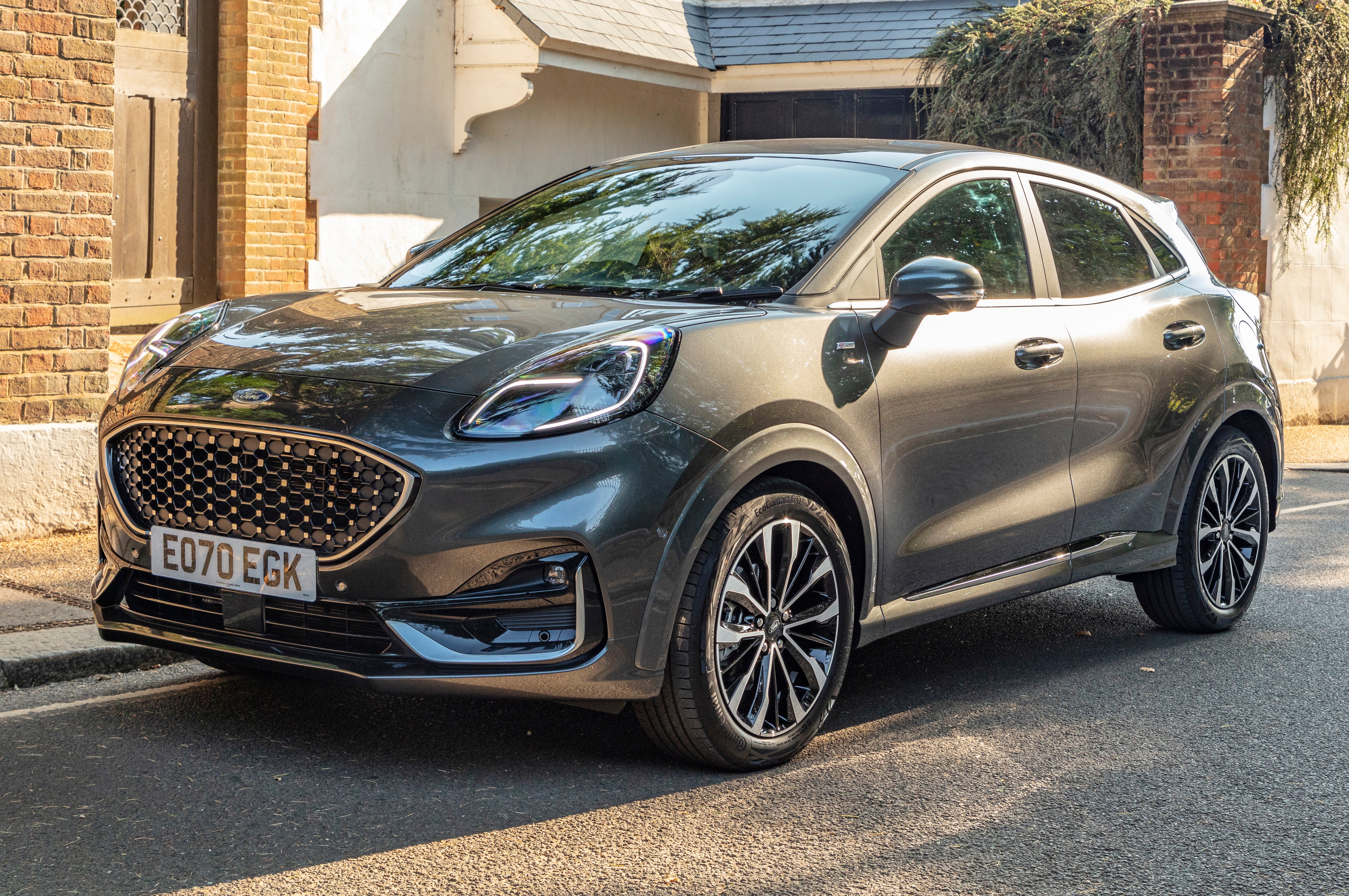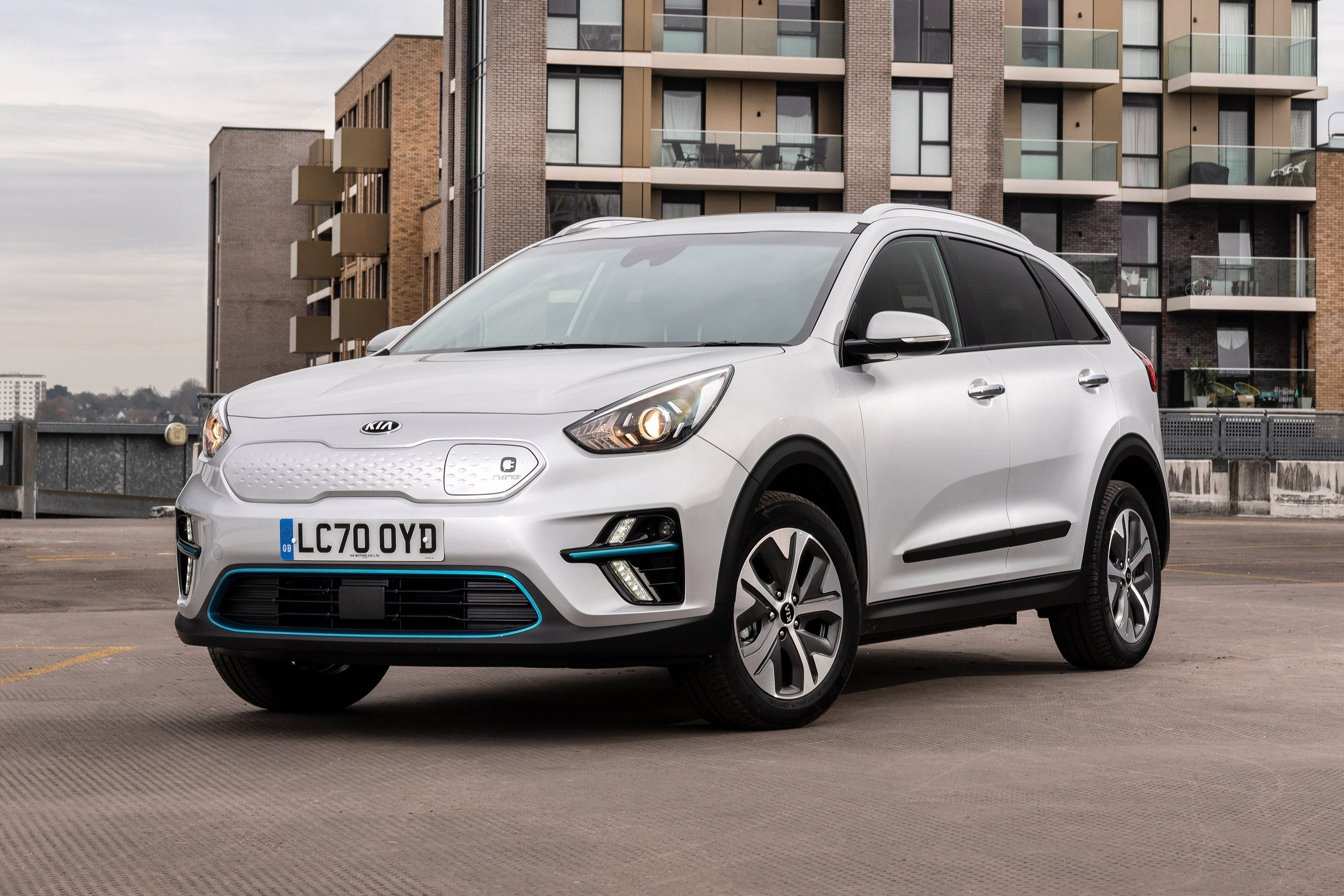
Chances are you’re not familiar with the terms 'hierarchy of road users’ or ‘Dutch reach’. The former sets out who has priority on the roads in England, Scotland and Wales. The latter is a different way of opening your car door that the Government wants drivers and passengers to adopt as it’s safer for passing cyclists and pedestrians.
Both are part of 50 changes to the Highway Code, which took effect on 29 January 2022.
Here we explain what the Highway Code is, what the changes are and the forthcoming clamp down on mobile phone use while driving.
What is the Highway Code?
The Highway Code is published by the Driver and Vehicle Standards Agency (DVSA) and applies to England, Scotland and Wales.
All road users - drivers, motorcyclists, cyclists, horse riders, mobility scooter users and pedestrians are expected to be familiar with the Code.
It’s especially important for learner drivers to know the rules as the Highway Code is one of the books that the multiple-choice questions in the theory test are based on.
Lots of the rules in the Code are mandatory, legal requirements (identified by the use of the words 'must'/'must not').
This means that if you don’t follow them you are committing a criminal offence and you risk being fined, given penalty points on your licence or being disqualified from driving.
In the most serious cases, you may be sent to prison.
Other rules in the Code use words such as 'should'/'should not' or 'do'/'do not', which means they are advisory rules. But if you don't follow them they can be used in evidence in court proceedings to establish liability.
What changes were made to the Highway Code in January 2022?
In total, 50 rules were either added or updated to the Highway Code, with the aim of improving the safety of people walking, cycling and riding horses.
‘Hierarchy of road users’ introduced
One of the main changes is the creation of a ‘hierarchy of road users’. This gives pedestrians, cyclists, horse riders and motorcyclists higher priority on the roads than car and van drivers as they are at greater risk of being injured in the event of a collision.
The updated code clarifies that drivers have to give way to people crossing or waiting to cross at a junction. If a driver turns into a road and people have started crossing, the pedestrians have priority.
Under the new rules, when people cycling are going straight ahead at a junction, they have priority over traffic waiting to turn into or out of a side road, unless road signs or markings indicate otherwise.
Overtaking cyclists and other vulnerable road users
There is also updated guidance on safe passing distances and speeds for people driving or riding a motorcycle when overtaking vulnerable road users, such as cyclists and pedestrians.
Drivers have to leave at least 1.5 metres (five feet) when overtaking people cycling at speeds of up to 30mph, and give them more space when overtaking at higher speeds.
They should pass people riding horses or driving horse-drawn vehicles at speeds under 10 mph and allow at least two metres (6.5 feet) of space.
When passing people walking in the road (for example, where there’s no pavement) drivers should allow at least two metres (6.5 feet) of space and stick to a low speed.
Who has priority at roundabouts
The code has been updated to clarify that people driving or riding a motorcycle should give priority to people cycling on roundabouts.
Guidance has also been added to explain that people driving should take extra care when entering a roundabout to make sure they do not cut across people cycling, riding a horse or driving a horse-drawn vehicle who are continuing around the roundabout in the left-hand lane.
Cyclists have been given new guidance to ride in the centre of a lane on quieter roads, in slower-moving traffic and at the approach to junctions in order to make themselves as visible as possible.
They are also reminded they can ride two abreast but they must be aware of drivers behind them and allow them to overtake if it is safe to do so.
Drivers urged to adopt the 'Dutch Reach' method
The Highway Code recommends that drivers and passengers use their opposite hand when opening car doors to exit the car (this method is commonly called the 'Dutch Reach' and is widely used across Europe).
This makes the person turn their head to look over their shoulder behind them and they are then more likely to spot people cycling or riding a motorcycle or people on the pavement and avoid injuring them.
New guidance on using an electric vehicle (EV) charge point
For the first time, the Highway Code includes guidance about using charging points for electric cars (EVs).
People are advised to park close to the charge point and avoid creating a trip hazard for people walking from trailing cables, to display a warning sign, if possible, and return charging cables and connectors 'neatly' to minimise the danger to other people and avoid creating an obstacle for other road users.
Will I be fined or receive points if I don’t follow the new rules?
No, the new Highway Code updates are advisory so non-compliance will not result in a fine or points on your driving licence.

When are the rules on mobile phone use while driving being tightened?
The Government is tightening existing laws on hand-held mobile phone use at the wheel.
It is already illegal to text or make a phone call (other than in an emergency) using a hand-held device while driving. Soon the laws will go further to ban drivers from using their phones to take photos or videos, scroll through playlists or play games.
Anyone caught using their hand-held device while driving will face a £200 fixed penalty notice and six points on their licence.
Drivers will still be able to use a device ‘hands-free’ while driving (for instance, to use it as a sat-nav), if it’s secured in a cradle.
If your car has Apple CarPlay or Android Auto you will be able to plug your phone in before setting off and use this feature.
Drivers will also be able to make a contactless payment using their mobile phone while stationary (e.g. at a drive-through restaurant or to pay a road toll).
But drivers can still be charged with an offence if the police find them not to be in proper control of their vehicle.
The tougher rules are expected to come into effect by March 25 (subject to the necessary parliamentary approval).
The Government will revise the Highway Code to explain the new measures. It says it will also be "more precise" about the fact that being stationary in traffic counts as driving, making it clear that hand-held mobile phone use at traffic lights or in motorway jams is illegal except in very limited circumstances.
Where can I get a copy of the Highway Code?
The Highway Code is available online, as an iOS app (an Android app is being developed) and in print. But the new Highway Code book won’t be published with the latest changes until April 2022. The Highway Code iOS app will also be updated in the Spring.


